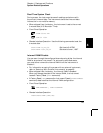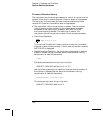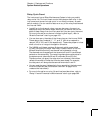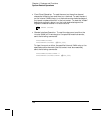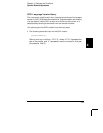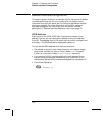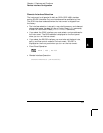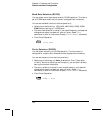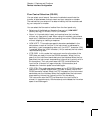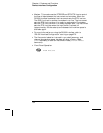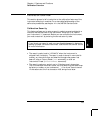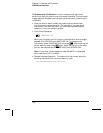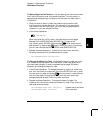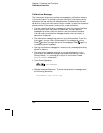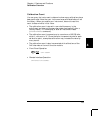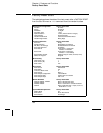
Flow Control Selection (RS-232)
You can select one of several flow control methods to coordinate the
transfer of data between the instrument and your computer or modem.
The method that you select will be determined by the flow method used
by your computer or modem.
You can select the flow control method from the front panel only.
• Select one of the following: None (no flow control), XON/XOFF
(factory setting), DTR/DSR, RTS/CTS, or Modem.
• None: In this mode, data is sent and received over the interface
without any flow control used. When using this method, use a slower
baud rate (< 9600 baud) and avoid sending more than 128 characters
without stopping or reading a response.
• XON/XOFF: This mode uses special characters embedded in the
data stream to control the flow. If the instrument is addressed to
send data, it continues sending data until the “
XOFF” character (13H)
is received. When the “
XON” character (11H) is received, the instrument
resumes sending data.
• DTR/DSR: In this mode, the instrument monitors the state of the
DSR (data set ready) line on the RS-232 connector. When the line
goes true, the instrument sends data over the interface. When the line
goes false, the instrument stops sending information (typically within
six characters). The instrument sets the DTR line false when the
input buffer is almost full (approximately 100 characters) and
releases the line when space is available again.
• RTS/CTS: This mode operates the same as the DTR/DSR mode but
uses the RTS (request to send) and
CTS (clear to send) lines on the
RS-232 connector instead. When the CTS line goes true, the instrument
sends data over the interface. When the line goes false, the instrument
stops sending information (typically within six characters).
The instrument sets the RTS line false when the input buffer is
almost full (approximately 100 characters) and releases the line when
space is available again.
4
Chapter 4 Features and Functions
Remote Interface Configuration
153



